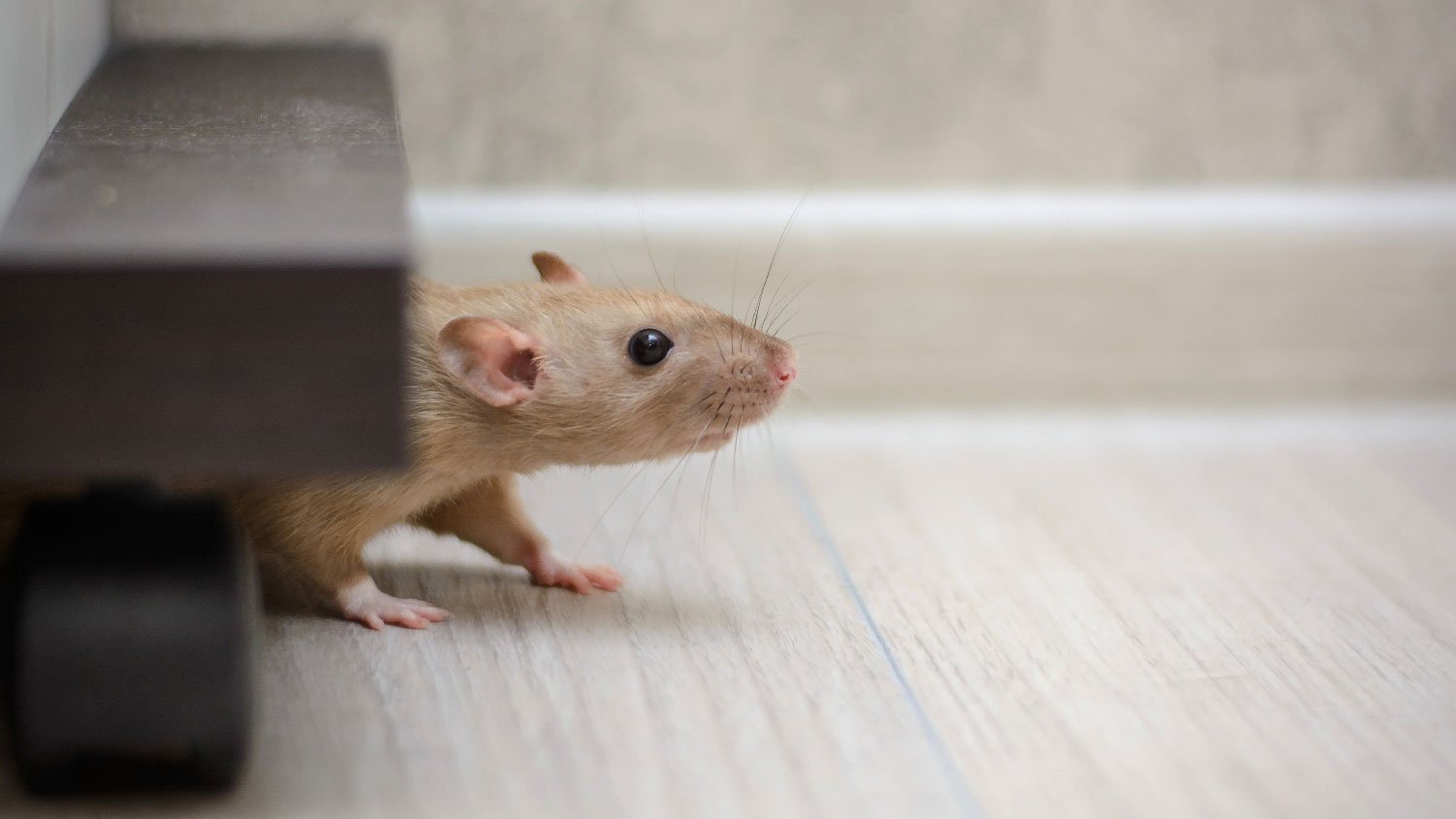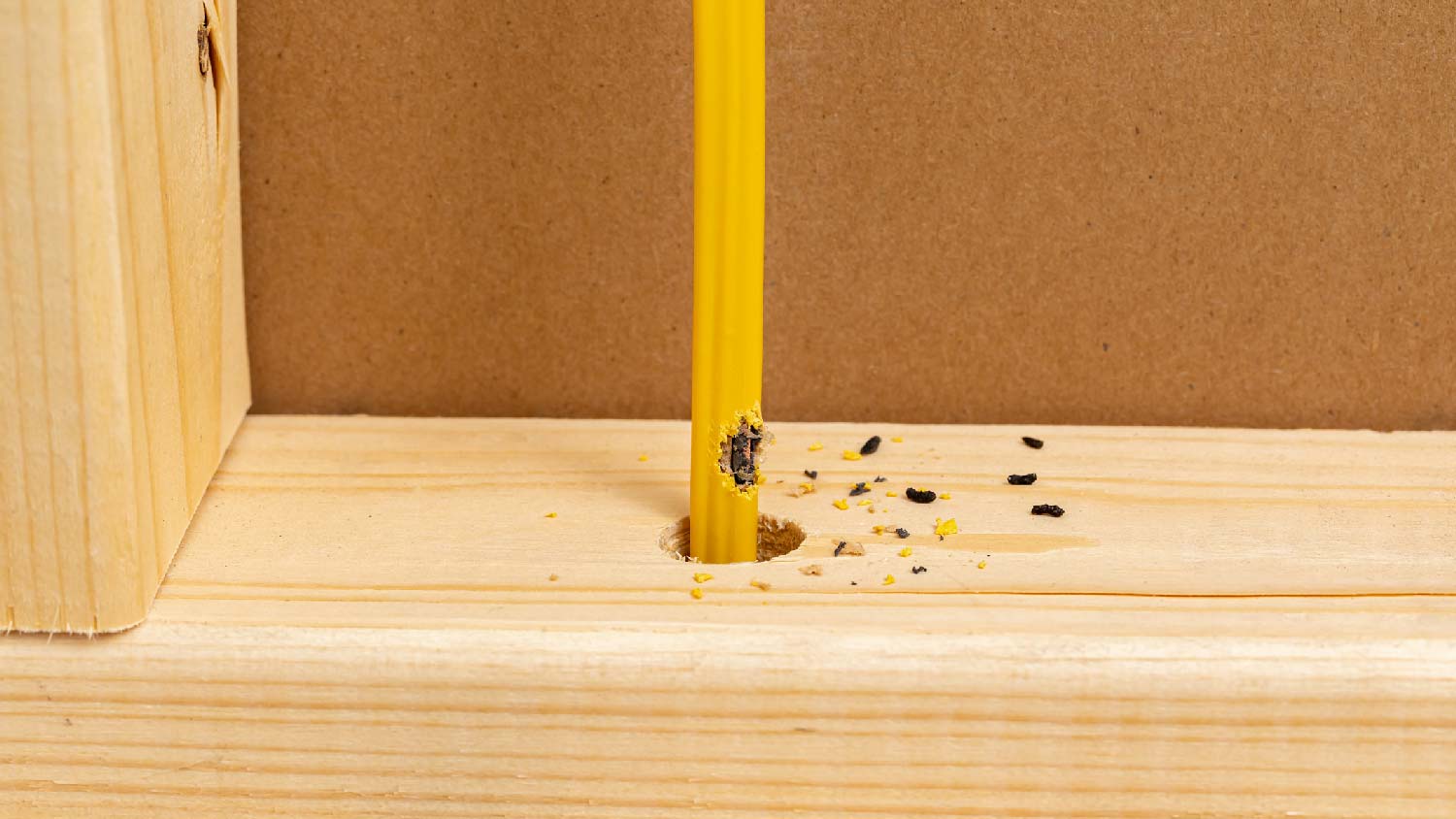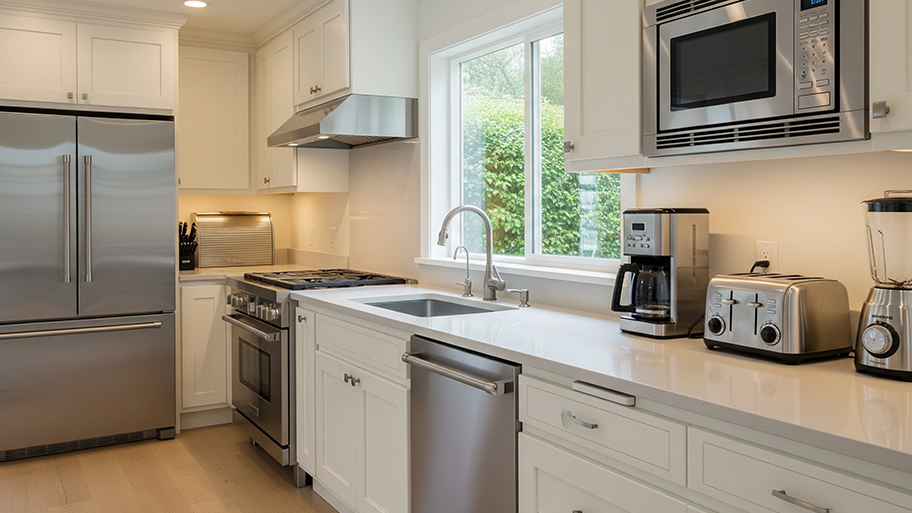
The invasive spotted lanternfly makes a mess and causes serious damage to the environment. So, how much does spotted lanternfly treatment cost?
Find out the deal with those droppings


Rat droppings are larger and capsule-shaped with blunt ends, while mouse droppings are smaller and rice-shaped with pointed ends.
Rat feces are dark brown or black with a dull finish; mouse feces are black and often shinier.
Rats produce 20 to 50 droppings per day, while mice leave behind 50 to 100 per day.
Mouse droppings are typically scattered near food and nesting areas, while rat droppings are grouped along walls or in corners.
Finding mystery droppings is enough to send anyone spiraling, and in most cases, rodents are the culprits. While this can be an alarming discovery, learning how to tell the difference between rat poop and mice poop is the first step in effectively removing them. Let’s take a closer look at the differences between them.
There are different methods for how to get rid of mice versus getting rid of rats, so it’s important to know which one you’re dealing with.
| Type of Difference | Rat Poop | Mice Poop |
|---|---|---|
| Size | ½–¾-inch long | ⅛–¼-inch long |
| Shape | Blunt ends, capsule-shaped | Pointed ends, rice-shaped |
| Color | Dark brown to black | Black and shiny |
| Quantity | 20–50 droppings per day | 50–100 droppings per day |
| Location | Grouped in corners or along walls | Scattered along paths and near food |
| Health Risk | High (can carry diseases like leptospirosis) | Moderate (can spread salmonella) |

Identifying rodent droppings starts with understanding the telltale visual signs. Let’s break down how size, shape, and color differ between rat poop and mouse poop.
Rat droppings are noticeably larger than mouse droppings, around ½–¾-inch long. They are similar to olive pits in size and bulk. In contrast, mouse droppings are tiny, only about ⅛–¼-inch long, and can easily be mistaken for grains of rice.
Both types of droppings are dark, but rat feces tend to be dark brown or black with a dull finish, while mice droppings often appear shinier and are black.
The ends of rat droppings are rounded or blunt, giving them a capsule-like look. Mouse poop is tapered or pointy on both ends, which is one of the clearest visual clues.
Where you find the droppings can be an important clue about the rodent that left them. Since food is one of the main things that attracts mice to your house, these creatures will often nest close to food sources and can be found in cabinets, gaps within the walls, and behind appliances. On the other hand, rat droppings are more likely to appear in basements, attics, crawl spaces, or garages where these larger rodents typically seek refuge.
Rat feces are known to carry several harmful diseases, including leptospirosis, hantavirus, and Salmonella. Mouse droppings can also carry salmonella and hantavirus, but the risk is generally lower due to their smaller size and smaller quantity of droppings in general. However, that’s why it’s important to hire a local mouse exterminator at the first sign of these pests, and the same for rats.

If you need to get rid of rodents under your home, within your walls, or in your attic or roof, a solid prevention strategy is mandatory. While the quickest way to tackle an infestation is to hire a local rodent exterminator, these are the best DIY methods to try in the meantime.
The best way to prevent rat poop is to stop rats from entering your home in the first place.
Seal off any holes larger than 1/2-inch with steel mesh or hardware cloth, and make sure trash cans are tightly sealed.
Store pet food in airtight containers, clean up yard debris, and cut back tree limbs touching your roof, as rats often sneak into homes from above.
For the rats that have already made it inside, you can place traps near walls, corners, or anywhere you’ve regularly seen droppings.
The best bait for rats is peanut butter, dried fruit, or even pet kibble.
Prevention starts with learning how to seal your home from mice.
Mice can fit in holes as small as 1/4 inch, so conduct a detailed inspection for possible points of entry. This means checking for gaps around utility pipes, baseboards, and window frames, as well as around your home’s exterior.
If you find any holes or gaps, use caulk, steel wool, or expanding foam to seal them up.
Keep food stored in tightly sealed containers.
Be sure to keep your kitchen extra clean, and make a habit of vacuuming behind appliances and sweeping up crumbs.
Don’t forget to declutter on the regular—mice love nesting in paper piles, storage bins, or fabric scraps.
From average costs to expert advice, get all the answers you need to get your job done.

The invasive spotted lanternfly makes a mess and causes serious damage to the environment. So, how much does spotted lanternfly treatment cost?

How much does bee removal cost? Learn what you’ll pay based on factors like hive location, size of the infestation, extermination or removal, and more.

Budget for the cost of tick extermination services using our helpful cost guide.

Cockroaches are drawn to the warmth and darkness provided by appliances. To prevent an infestation, learn how to get roaches out of appliances for good.

Pest inspection costs depend on the type of inspection, location, and other factors. Learn more about how much pest inspections cost with this guide.

Some people swear by gentler ways to get rid of roaches that don’t involve spraying. From removing their food source to casting diatomaceous earth around, read on to learn about which of these are effective at keeping pests away.